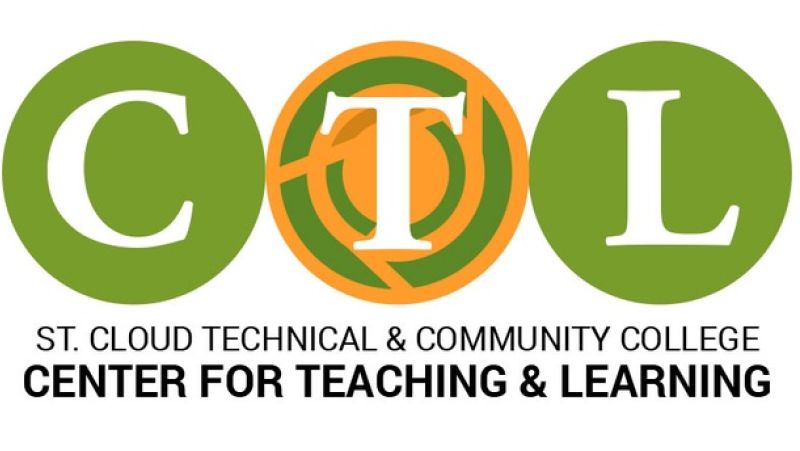
Discussions in classes are a great way to spark interest in a topic, assess student learning, and build a positive classroom atmosphere. They can also help improve critical thinking and explore difficult concepts in-depth. But having a successful discussion isn’t always as easy as it may seem. This week’s blog focuses on how to use discussions effectively in your classroom. We also have a video on this topic below.

Preparing for a Discussion
Plan how you will conduct the discussion. Although the ideal discussion is spontaneous and unpredictable, you will want to do some careful planning. You should have a clear goal/objective for the discussion, a plan for how you will prepare the students, and a general idea about how you will guide the discussion (e.g., with activities, videos, questions, etc).
Help students prepare for the discussion. You can distribute a list of questions for each discussion, ask students to bring in their own questions, suggest key concepts or themes for them to focus on, or ask them to collect evidence that clarifies or refutes a particular concept or problem. Discussions will be more satisfying for you and your students if they are prepared.
Establish ground rules for participation in a discussion. In order for a discussion to be effective, students need to understand the value of actively listening to their peers, tolerating opposing viewpoints, and being open-minded. They also need to recognize the importance of staying focused and expressing themselves clearly. You might spend the first session with your students exploring the characteristics of effective and ineffective discussions.
Encouraging student participation
Give students low-stakes opportunities to think and discuss content – this is a "tolerance for error" approach. Students sometimes need to get it wrong, take risks, or try out different ideas to learn.
Silence in the classroom is okay – it is actually good – and if you become comfortable with it, students will too.
Limit your own involvement. Avoid the temptation to talk too much and/or respond to every student's contribution. After you ask students a question, count to at least five in your head before answering it yourself. When you ask students a question, if you really want them to think and be able to give an answer, be willing to wait for it. Try to encourage students to develop their own ideas and to respond to one another (that is, peer interaction). You might also sit someplace other than the "head" of the table.
Supporting Equity and Inclusion
Be ready and willing to work with sign interpreters or CART interpreters during question and discussion periods. Slow down when you are using big words or complicated phrases and spell out key names, and urge students to do the same. See this advice about working with interpreters during lectures.
Create an inclusive discussion environment. Group members will be more likely to contribute to a discussion if they feel they are in a safe, comfortable environment. Here are some general strategies for achieving this:
- at the beginning of term, use an icebreaker activity and ask students to introduce themselves and describe their interests and backgrounds so they can get to know one another
- as the facilitator, you should also learn all of your students' names (using name cards may assist you and your students in accomplishing this task)
- arrange the seating in the room, if possible, into a semicircle so that the group members can see each other
Integrating Technology
The D2L Brightspace Discussions tool is a collaboration area where students can post, read and reply to threads on different topics, share thoughts about course materials, ask questions, share files, or work with their peers on assignments and homework. Instructors can use the Discussions tool in a course to encourage students to share thoughts on course material with their peers. Instructors can set up forums and topics for students to ask questions, discuss course content and assignments, and work together in assigned groups and sections.
Instructors can also utilize Private Discussions to improve instructor-to-student interaction to congratulate individual students for excellent work, intervene for students who are falling behind, reach out with encouragement and reminders, and provide an avenue for student reflection and journals.
This blog post was adapted from Minnesota State Network for Educational Development with permission under a CC-BY-NC 4.0 License.